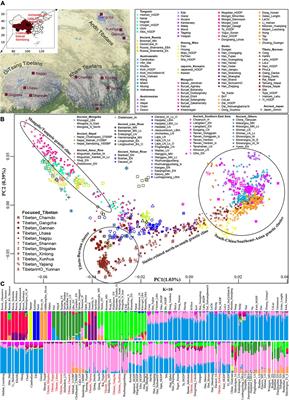EDITORIAL
Published on 08 Jun 2022
Editorial: A Genetic Perspective on Asian Populations
doi 10.3389/fgene.2022.883843
- 3,002 views
- 3 citations
18k
Total downloads
95k
Total views and downloads
EDITORIAL
Published on 08 Jun 2022
ORIGINAL RESEARCH
Published on 23 Feb 2022
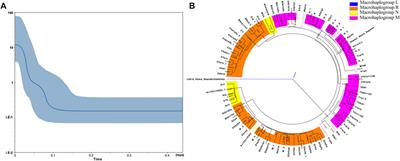
ORIGINAL RESEARCH
Published on 17 Feb 2022
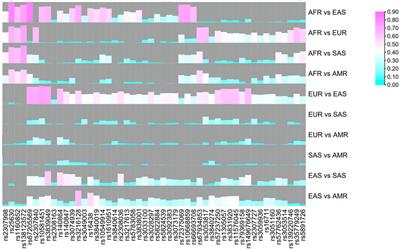
ORIGINAL RESEARCH
Published on 17 Feb 2022
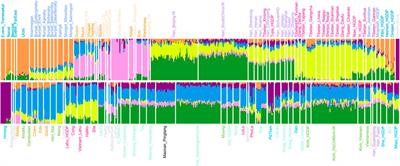
REVIEW
Published on 27 Jan 2022
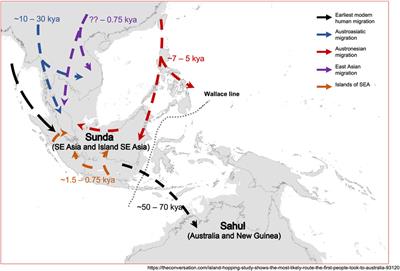
ORIGINAL RESEARCH
Published on 03 Jan 2022
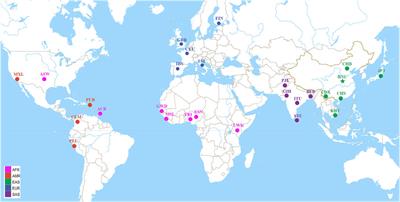
ORIGINAL RESEARCH
Published on 03 Jan 2022
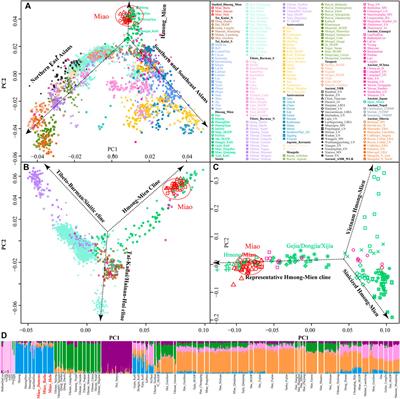
ORIGINAL RESEARCH
Published on 08 Dec 2021
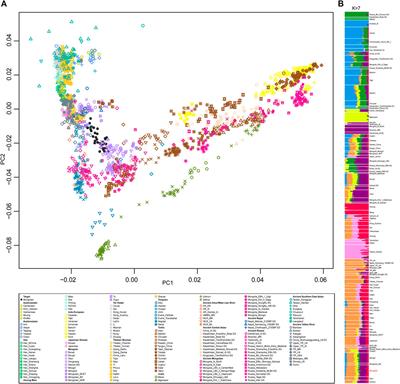
ORIGINAL RESEARCH
Published on 14 Oct 2021
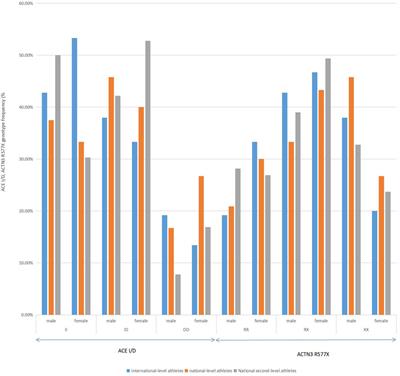
ORIGINAL RESEARCH
Published on 11 Oct 2021
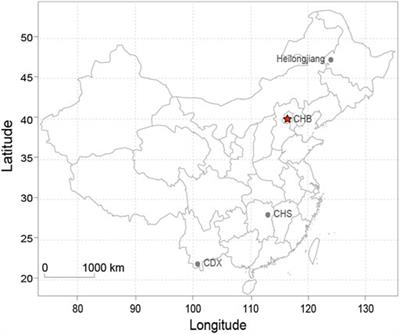
ORIGINAL RESEARCH
Published on 20 Sep 2021
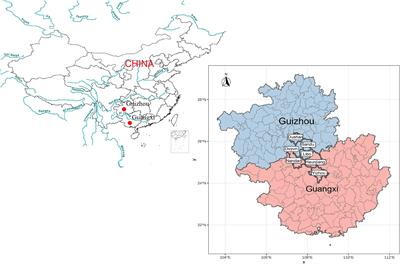
ORIGINAL RESEARCH
Published on 03 Sep 2021
